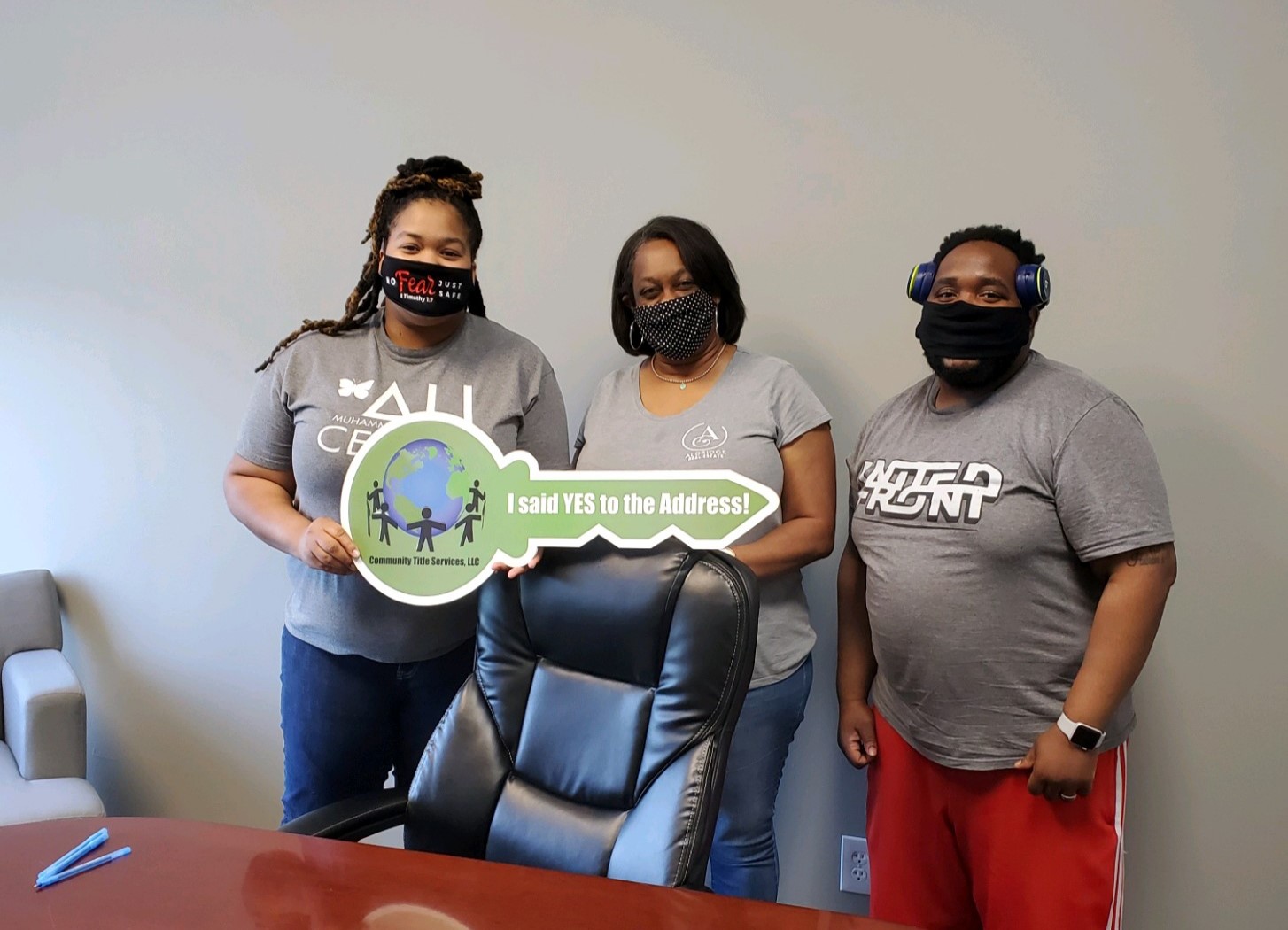After helping many Prosperity Connection clients realize their goal of homeownership, financial coach Robert Nelson V purchased his first home last year. In a series of blog posts, Robert will share with you some of the lessons he learned as a first-time homebuyer.
May 26, 2020, at 11am: On this day I became a homeowner. Becoming a homeowner is a big step and a lot of responsibility. However, the process leading up to the actual act of buying can feel both exciting and excruciating. While buying my first home I learned a few things that I’ll talk about today: (1) throw your hat in the ring at many banks and credit unions, (2) having your various documents prepared and ready to send will aid in making the transaction seamless, and (3) know your budget. Buying a home can feel like a jungle but learning from my experience can help you navigate through the weeds.
Throw your hat in the ring at many banks and credit unions
Lenders vary, and so can their products. Because of this you want to apply to many different banks and credit unions. Applying to multiple lenders will allow you to choose between a variety of products and approval amounts, which can help you find the best fit for your situation. During this part of the process, you’ll also want to determine if you qualify for down payment assistance or any other assistance programs. Assistance programs are generally for first-time homebuyers, which is defined as someone who hasn’t owned a home for a three-year period ending on the date of purchase of their new home. This means that you don’t have to be purchasing your very first home to qualify as a “first-time homebuyer.”
Have your documents prepared and ready to send
In response to the 2008 housing crisis, banks and credit unions became more cautious about how they administer loans. Due to this, they request a lot of documents that someone who isn’t in finance might consider insignificant. Terrence Rogers, Senior Vice President – Home Lending at Carrollton Bank once joked, “We may ask for things as large as tax returns and as small as your 3rd grade report card.” Despite this being a joke, there is some truth to the statement. That’s why you want to have your documents on standby and update them when you can. Examples include tax returns, bank statements, investment accounts, address history, and more. Follow this link for a list of common documents requested by mortgage lenders.
Know your budget
Once approved, you’ll receive a maximum loan amount. This number reflects how much money the lender is willing to loan you to buy a house. Think of this number as a cap, not an amount you’re required to spend. The biggest thing to remember about your approved loan amount is to review your budget to know how much you can comfortably afford. For example, even if you’re approved for a $170,000 mortgage, you may not be able to afford the accompanying monthly payments when you take into account your net income, bills, and other debts. Before searching for a home, you want to set a maximum monthly payment you can afford. This will determine what total loan amount is best for you, regardless of what’s offered.
Getting approved for a loan is just the beginning of the home buying process. Hopefully, these tips can help you see it through to the next step. It is important to stay organized, be proactive, and thoroughly understand what you can afford for a home. Once you’ve obtained funding, you can move on the most exciting part of the home buying journey: shopping for a house.
Robert Nelson V, Financial Coach

